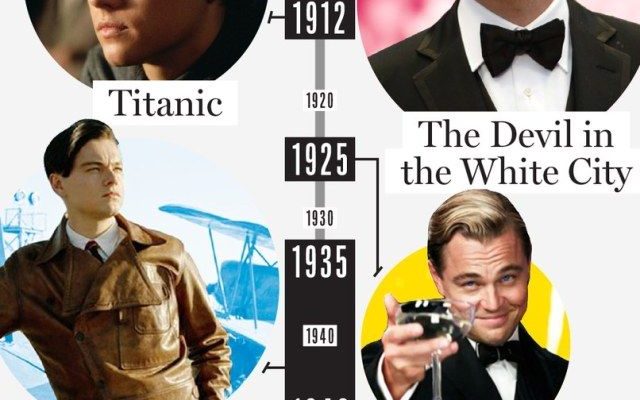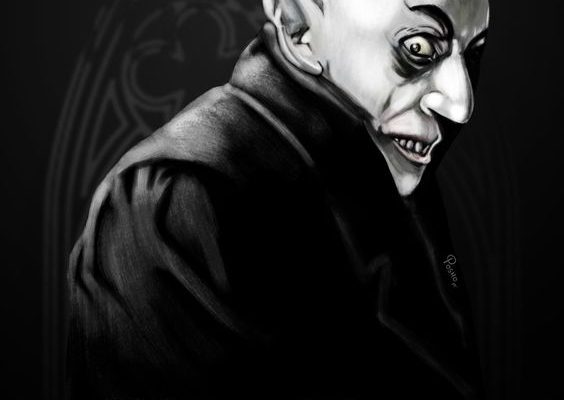Guillermo del Toro’s Frankenstein Could Be the Best Adaptation

Frankenstein, the timeless tale penned by Mary Shelley, has been a cultural touchstone ever since it was first published in 1818. The story of Victor Frankenstein and his monstrous creation has seen countless adaptations across film, television, and stage. Yet, it has rarely been captured with the depth and humanity that the original novel deserves.
Enter Guillermo del Toro, the visionary filmmaker behind “Pan’s Labyrinth,” “The Shape of Water,” and many other beloved fantasy and horror movies. Known for his atmospheric storytelling, intricate set designs, and deep empathetic characterizations, del Toro seems to be the perfect candidate to bring a new level of nuance to Frankenstein’s tragic narrative.
What sets Guillermo del Toro apart as a potential architect for the best adaptation of Frankenstein is his well-documented passion for the material. Del Toro has spoken about his love for the Universal Monster movies of the 1930s and 40s, like James Whale’s versions of Frankenstein (1931) and Bride of Frankenstein (1935), which remain classics to this day. Del Toro’s expansive knowledge of gothic horror literature combined with his respect for these earlier incarnations suggests that his take on Frankenstein would honor its predecessors while exploring new depths.
Del Toro’s knack for visual splendor could breathe new life into the gothic environments that are central to Frankenstein. His cinematic language speaks in shadows and light, crafting atmospheres that are immersive and emotionally resonant. Any adaptation by del Toro would undoubtedly feature meticulously crafted sets and creature designs that embody both horror and beauty – quintessential elements of Shelley’s novel.
Moreover, what makes del Toro’s prospective adaptation so promising is his ability to humanize monsters. Often in Frankenstein adaptations, the creature becomes a caricature rather than a tragic figure grappling with its existence. Del Toro has mastered the art of eliciting sympathy for his creatures, from the empathetic ghost in “The Devil’s Backbone” to the misunderstood amphibian entity in “The Shape of Water.” If anyone can present the Creature as Shelley intended – eloquent and introspective yet shunned and enraged – it is del Toro.
Finally, Guillermo del Toro’s history of collaboration with top-notch actors who buy into his unique vision suggests that any cast he assembles would bring an emotional depth to their roles. One can only imagine how del Toro’s regulars like Doug Jones or even fresh talent could elevate the characters in this world-renowned story.
For all these reasons – from aesthetic mastery to emotive storytelling – Guillermo del Toro’s attachment to a Frankenstein project burgeons with potential. While various interpretations have shed light on different facets of this multifaceted narrative, fans may very well expect that a marriage between Shelley’s source material and del Toro’s visionary filmmaking could culminate in not just another retelling but perhaps the definitive adaptation of one of literature’s most enduring stories.






